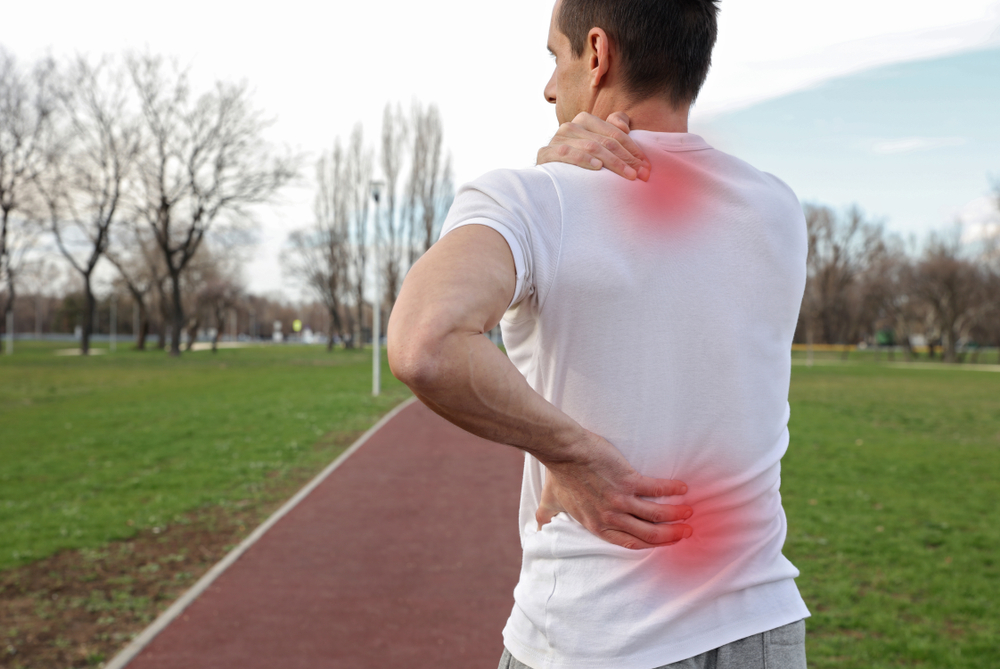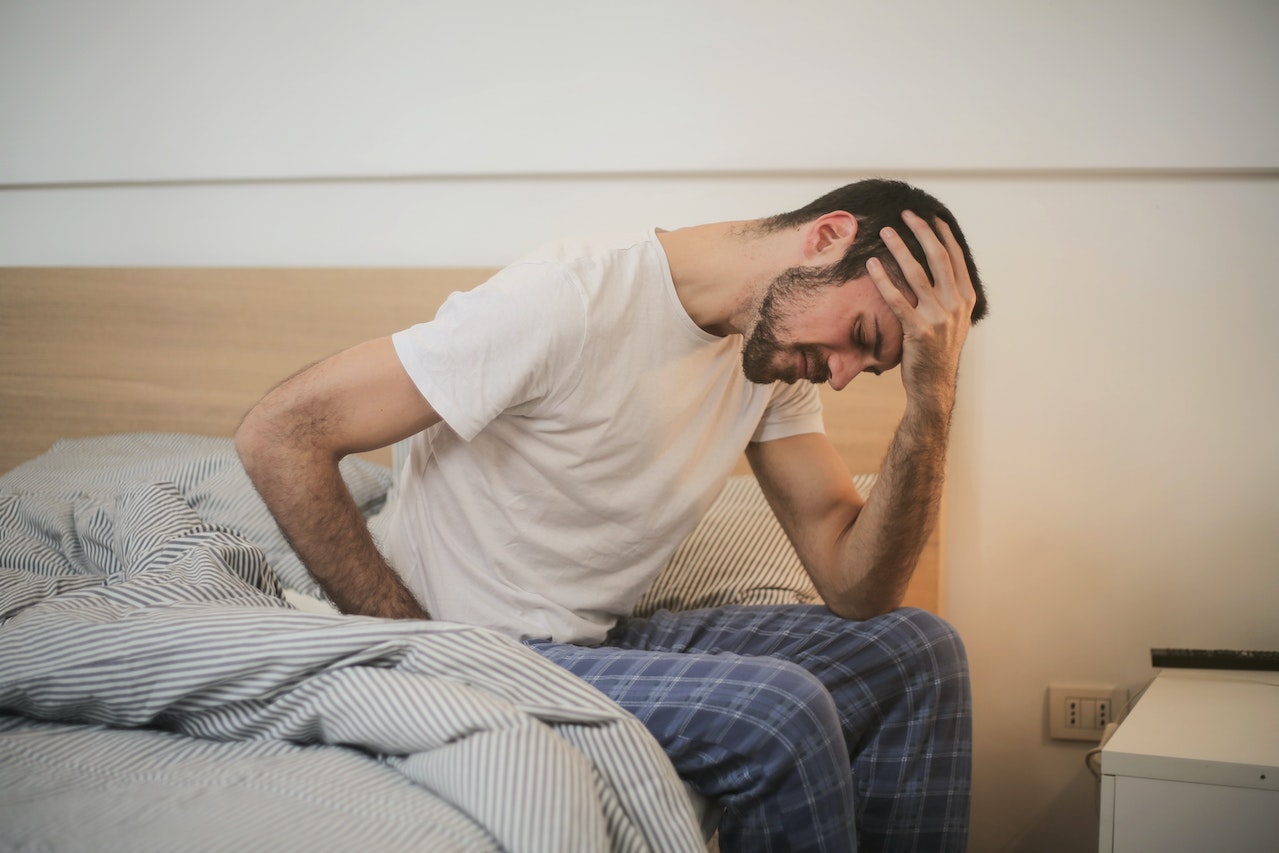The Best and Worst Exercises for Back Pain


Myths about back pain
While back pain is a widespread predicament among many, there are a lot of misconceptions about it too, ranging from what causes back pain to how to treat it.
Myth: Back Pain is Caused by Injuries
It certainly can be that if your job involves routinely lifting heavy objects or a more intense physical activity, you might be prone to back pain. However, individuals in sedentary jobs are more prone to injury. Furthermore, studies show that most people suffering from back pain cannot link any precise injury to their back pain. Thus, observers conclude that other risk factors influence back pain more than injuries, such as disk degeneration, infections, and inherited conditions.
Myth: Bed Rest Is Always Best for Back Pain
Not so long ago, the recommended go-to for back pain was bed rest, which makes sense when you find yourself in pain and with not much motivation to move. However, in the mid-90s, studies started showing that bed rest was not always the best treatment for back pain. Moreover, bedrest is linked to adverse outcomes like increased pain intensity, disability, and more days of inability to work. (2)
Myth: Exercise Is Bad For Back Pain
The idea that exercise is not advisable for back pain is another long-standing misconception. According to some studies, nothing could be further from the truth. Research has confirmed that not only is exercise likely to promote healing, but it can also help to improve a person’s wellbeing by:
- Improving back flexibility, strength, and endurance.
- Reducing back pain intensity.
- Decrease risk of disability. (3)
Exercise Benefits for Back Pain
The history of exercising is nearly as old as humanity itself. Back in 65 BCE, a Roman politician named Marcus Cicero remarked: “It is exercise alone that supports the spirits, and keeps the mind in vigor”. Later, during the Middle Ages exercising was highly valued as a survival mechanism by the inhabitants of northern Europe. (4)
The 19th century saw the birth of gymnasiums, and by the beginning of the following century, the link between exercising and health was well understood.
Implementing the right kind of exercise routine can bring substantial benefits to an individual’s health regardless of age, fitness level, and lifestyle. Exercising can potentially make life better for those affected by back pain by helping to:
- Develop stronger muscles that create better back support.
- Strengthening abdominal muscles that improve posture.
- Reduce extra weight that can worsen back pain.
- Increase blood flow to the back, which helps the body absorb more nutrients and oxygen while eliminating toxins.
- Build stronger bones preventing breakage.
- More flexibility reduces strain from tight muscles.
- Higher levels of endorphins help to release pain and reduce stress.
Best Exercises for Back Pain
All exercises are not created equal. Some can alleviate back pain, whereas others can increase the pain and discomfort.
Aerobic Exercise for Back Pain
Practicing aerobic exercises increases the amount of blood flow and nutrients towards the soft tissues of the back, improving healing by reducing the stiffness that often results in lower back pain. One study showed that 20 minutes of aerobic exercise at 70% peak oxygen uptake could reduce pain perception for up to 30 minutes. (5)
Core and Muscle Strengthening for Back Pain
Superbly defined abs are not just for show during beach season. Their crucial role in supporting the lumbar spine helps to reduce back pain. Recently, researchers found that core strengthening is superior to resistance training when it comes to reducing back pain.
But if you are experiencing back pain, remember to train more than just the abs. Your “core” also includes the muscles around your spine, hip muscles, pelvic floor, and diagram too.
Flexibility Training for Back Pain
Stretching is known to aid in the flexibility of muscles, but it also works the tendons and ligaments, increasing the joint’s range of motion. Thus, flexibility training helps patients who are suffering from back pain to better perform tasks like lifting and bending where they combine hip and lumbar motion. One of the most popular exercises that contain a lot of stretching is yoga. The combination of poses and conscious breathing does wonders for a person’s mental health, and their back too. (6)
Some exercises that are popular for relieving back pain are swimming, water aerobics, Tai chi, walking, biking, stationary cycling, and more.
Worst Exercises for Back Pain
But not all activities that make you sweat are good for back pain. It is essential to be aware of which types of exercises to avoid that can endanger your back’s wellbeing, like:
- Sit-ups are suitable for developing eye-catching six-packs, but they can put a lot of pressure on the discs in your spine.
- High-impact exercises like running (especially on hard surfaces), basketball, tennis, stair running, aerobics, and some types of dance can put extra stress in the joints, intensifying back pain.
- Lifting free weights or machines above the head and shoulders could significantly increase the spine stress levels. Not suitable for people experiencing back pain.
- Standing toe touches put more considerable amounts of stress on the disk and ligaments on the spine. They also could overstretch back muscles and hamstrings.
Although back pain is a real health struggle for many, there is hope. Exercising offers a more holistic natural approach that can give relief to those concerned about medications and surgical interventions as the main options to manage their back pain. However, it is essential to emphasize that even the approaches to alleviate back pain are more natural. It is vital to consult your physician to clarify doubts and recommend what can work better for you.
Remember, it is not one size fits all when it comes to your health. Therefore, experimenting with what feels good to you is part of the healing process, under professional advice, indeed.
- https://www.cdc.gov/mmwr/volumes/67/wr/mm6736a2.htm
- https://www.ncbi.nlm.nih.gov/pmc/articles/PMC1070772/
- https://pubmed.ncbi.nlm.nih.gov/14749199/
- https://archive.org/details/barbariansromans0000rand_m7c1/page/n7/mode/2up
- https://pubmed.ncbi.nlm.nih.gov/15944883/
- https://wwwncbi.nlm.nih.gov/pmc/articles/PMC4934575/









